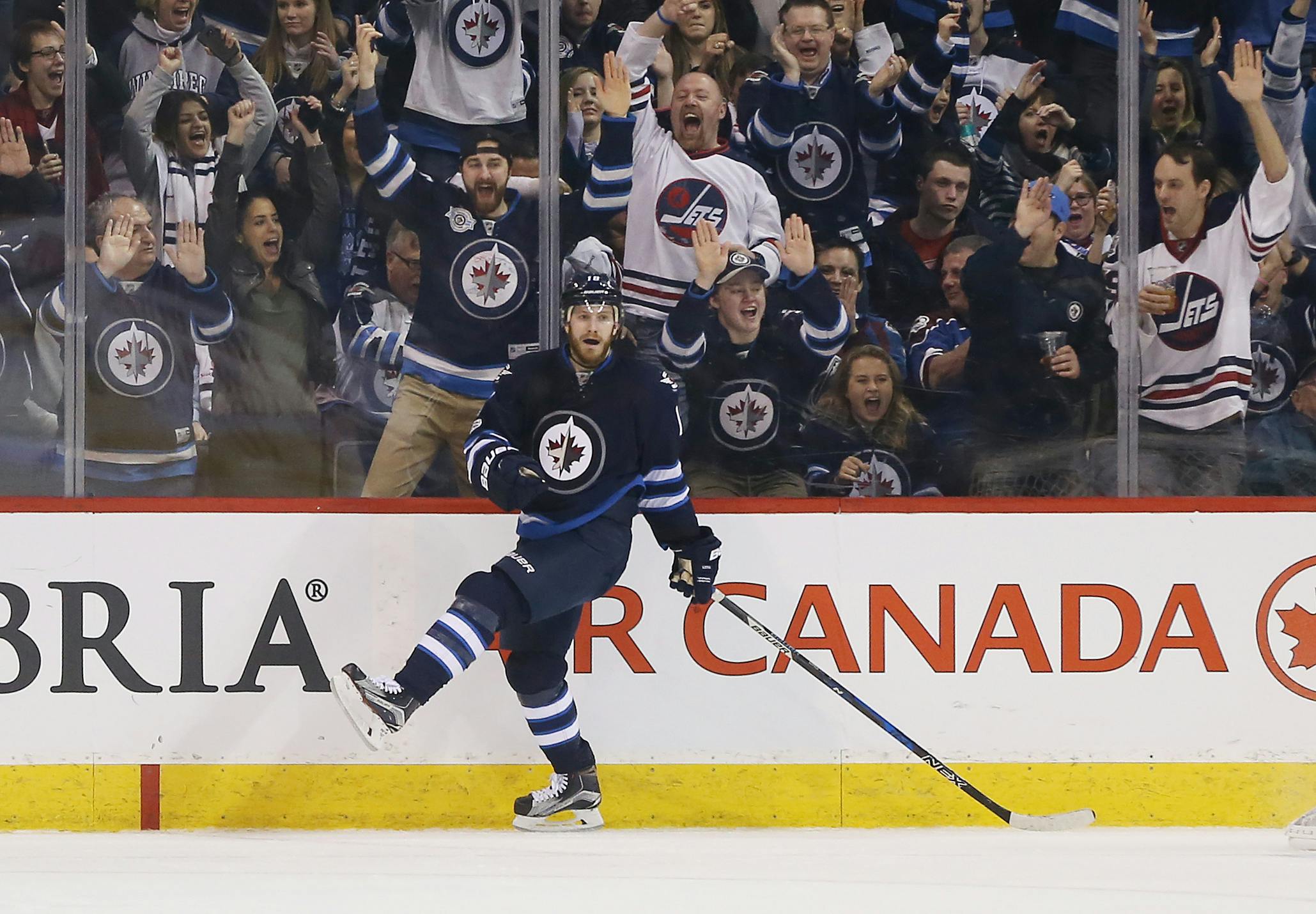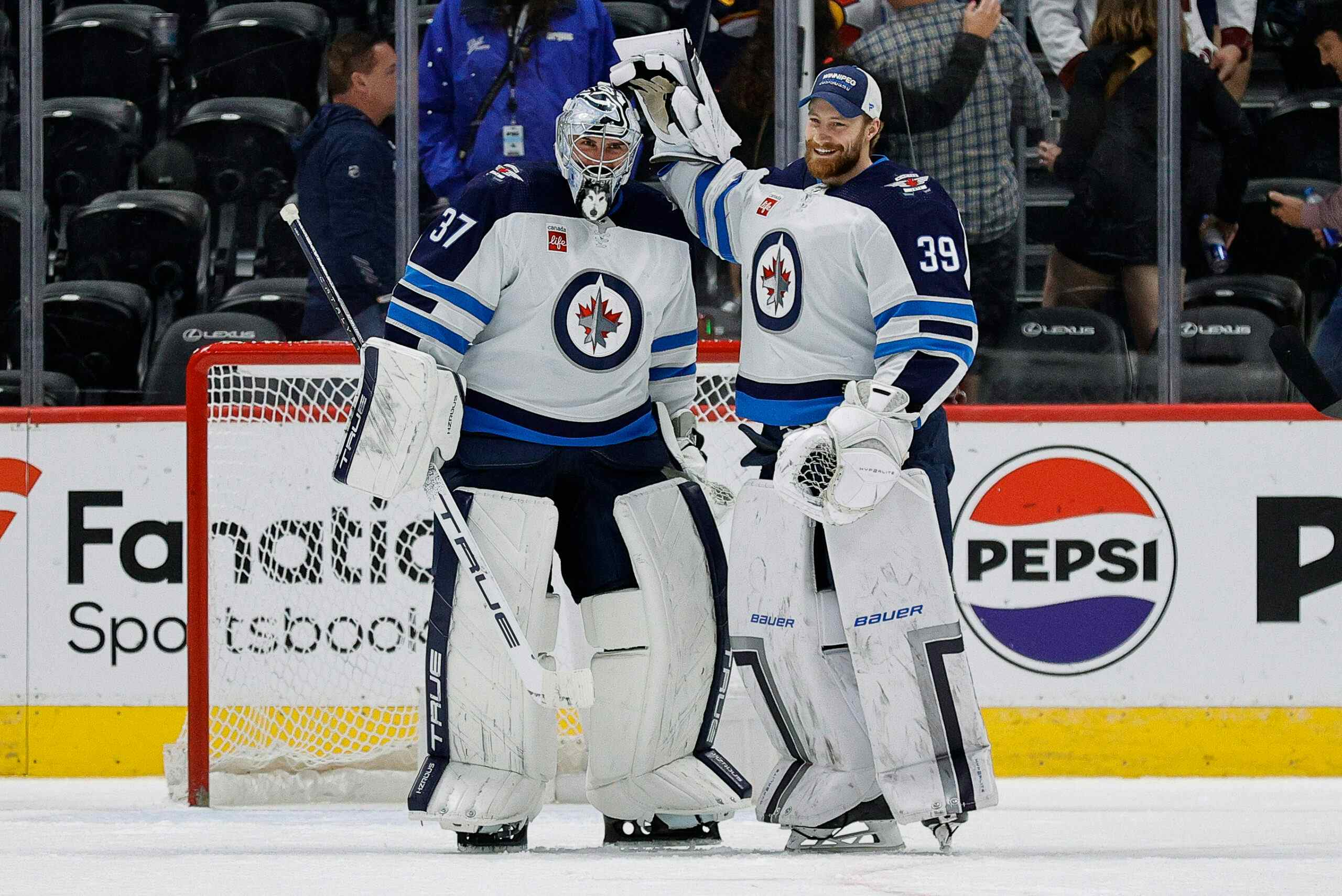Pilot’s Logbook: Winnipeg Jets 2016-17 Review

By Garret Hohl
7 years agoThe Winnipeg Jets’ 2016-2017 disappointing season finally ended. While the extent of disappointment may be subjective from individual-to-individual dependent on expectations, fans without a single franchise playoff win prefer their seasons to carry some post-season excitement.
So, what went wrong? What went well? How do the Jets measure up against their competition? Which areas actually require improvement relative to others?
If your car breaks down, you need to know what is wrong with it prior to dropping cash to fix it. With that in mind, let’s start our in-depth investigation on the Jets’ performance this season.
Team Level

The team’s strengths and weaknesses, it’s no secret to everybody.
The team could score goals fairly well, although there is still room for improvement. After that, they sort of fell apart. The Jets spent a lot of time on either the power play or penalty kill, and they stunk at both.
The Jets’ goal-scoring struggles on the power play heavily inflates their ice time amount, while their ineptitude while short handed carried the opposite effect on penalty kill ice time. In other words, it’s even worse than what the surface-level numbers above make it seem.
When you struggle in special teams, you do not want to be the team with the fourth fewest minutes played at 5-on-5. Interestingly, the Jets actually played reasonably well at even strength.

Using DTMAboutHeart’s expected goal model, we would expect the Jets to control about 51.6 per cent of goals given the number and quality of shots they generated and gave up. We’d estimate the team on average to score about 152 goals and allow 143 goals.
The team did under-perform their expected goal projection, but the impact of their goaltending issues was diminished due to some fortunate scoring percentage inflation. The team ultimately scored 164 goals, 12 more than expected, while allowing the same, or 21 more than expected.
The Jets ranked 9th in expected goal share but fell to 17th in actual goal share. Their 1.6 percentage points of difference rated as one of the 10 smallest disparities.
In other words, for even strength at least, the Jets were who we thought they were… for the most part. They were a middling even strength team, pulled down by goaltending, but pulled back up a tiny bit by some strong offensive performance.
Player Level
Forwards

The above chart shows a player’s value in four different statistics: 5v5 team shot share, 5v5 point production per hour, Game Score, and WAR (in goal currency rather than wins). The colored value below is dependent on where they ranked in the league in that statistic (although I used relCorsi instead of raw Corsi here). Low ice time players may have previous year statistics included. The players are predominately sorted by TOI per game.
Again, the Jets seem to be what we thought they were; the team carried a dominant top-six, but ultimately lacked in the depth department. A combination of injuries, usage, and coaching choices effected the results for the depth forwards, but still there is no denying the team struggled in their bottom-six.
The Jets’ top-six was pretty damn good, and fairly well rounded too.
According to DTMAH’s Wins Above Replacement model, four of the Jets’ top-six forwards gave top-line caliber value: Nikolaj Ehlers, Mark Scheifele, Blake Wheeler, and Mathieu Perreault. Wheeler was actually the highest rated winger by WAR while Scheifele was a top 15 centre. Game Score, a model that weighs scoring relatively more than defensive value compared to WAR, pushes Patrik Laine into the top-line tier.
Depending on which way you looked at it, the Jets’ top-six either contained four or five top-line forwards.
The top group did have holes. The Jets relied on Perreault and Wheeler to tilt the ice at a top-line level. Both Perreault and Wheeler struggled to score relative to their historical paces. Laine was an elite finisher but was hurtful to shot differentials.
Still, as a whole, they were fairly good. The issue was mostly with the bottom-six. In actuality, the Jets had the largest difference on the roster:

Image courtesy of ctompkins.
This isn’t to say that the bottom was bad, but the gap between the top and bottom was the largest of any NHL team.
The Jets bottom was really a mishmash of players.
Lowry fared very well in shot differentials but lacked even strength scoring. The team often attempted to build a third line around Lowry, typically with combinations of Shawn Matthias, Joel Armia, and Andrew Copp. While these lines were never poor defensively, the lack of any offensive punch pulled down their performance, hindering the Jets.
Dano was arguably the Jets best bottom-six forward but was not able to earn Paul Maurice’s trust.
Petan, an amazing playmaker, was a Jekyl and Hyde in performance depending on the linemates, requiring someone to finish his passes.
Connor showed great promise in the pre-season but required time to develop in the AHL.
Chris Thorburn long has been below replacement level.
The league is moving away from shutdown third lines. Last year the Penguins won with Phil Kessel on their third. Opponents complained about the difficulty in trying to play matchups with Kessel, Crosby, and Malkin on separate lines. The future is already moving towards rolling four scoring lines, with both the Rangers and Blue Jackets making a push for this.
If the Jets wish to build a third line around Lowry, they will need to supplement him with extremely well rounded forwards or place him between a playmaker and a shooter. Lowry can do the dirty work in the corners and in front of the net, but neither Armia, Matthias, nor Copp have proven to be the guys to suit up with him.
The alternative option would be to run a 3a/3b type situation, constructing a scoring line that could compete with the Lowry line for minutes, depending on the opponent and score of the game.
Defenders

The above chart shows a player’s value in four different statistics: 5v5 team shot share, 5v5 point production per hour, Game Score, and WAR (in goal currency rather than wins). The colored value below is dependent on where they ranked in the league in that statistic (although I used relCorsi instead of raw Corsi here). Low ice time players may have previous year statistics included. The players are predominately sorted by TOI per game.
If you thought the Jets’ forwards were lopsided, then check out the left versus right side of the Jets’ defensive group.
The Jets might have a top-5 right side in the NHL.
According to WAR, Trouba was the 3rd best impact defender in the NHL. He’s ready to be the Jets’ bonafide #1 defender next season. Byfuglien had a bit of a down season but was still a top-four defender. Tyler Myers was injured, so didn’t accumulate value for WAR, but was on pace to be a similar tier as Byfuglien. Paul Postma meanwhile was extremely under appreciated by fans and Maurice for his relatively strong performance while carrying weaker players like Ben Chiarot and Mark Stuart on his left side
The left side struggles to not kill the Jets, for the most part.
Tobias Enstrom was still a very capable defender defensively, but his results tanked due to lack of offense. While there is a strong chance that Enstrom will bounce back by some degree and he is still a bona fide NHL defender (one of only two the Jets have on the left side), this is still a concern.
Morrissey has been developing exceptionally well, but his rise has only mitigated the pain of Enstrom’s decline. Meanwhile it’s arguable that none of Chiarot, Stuart, Julian Melchiori, and Brian Strait are even strong candidates to play as depth defensemen.
There’s a lot going on here. There are a lot of moving variables. It is true that even some slight bounce back from the veterans Enstrom and Byfuglien, plus the health of Myers and the development of Morrissey, could really change things for the better with the Jets, but they really look like they could use some help from the outside.
We will continue looking at the Jets as a team this Thursday. Next week we’ll start a Monday, Wednesday, Friday series breaking down each player, one-at-a-time. All numbers courtesy of Corsica.hockey or @DTMAboutHeart unless otherwise noted.
Recent articles from Garret Hohl





